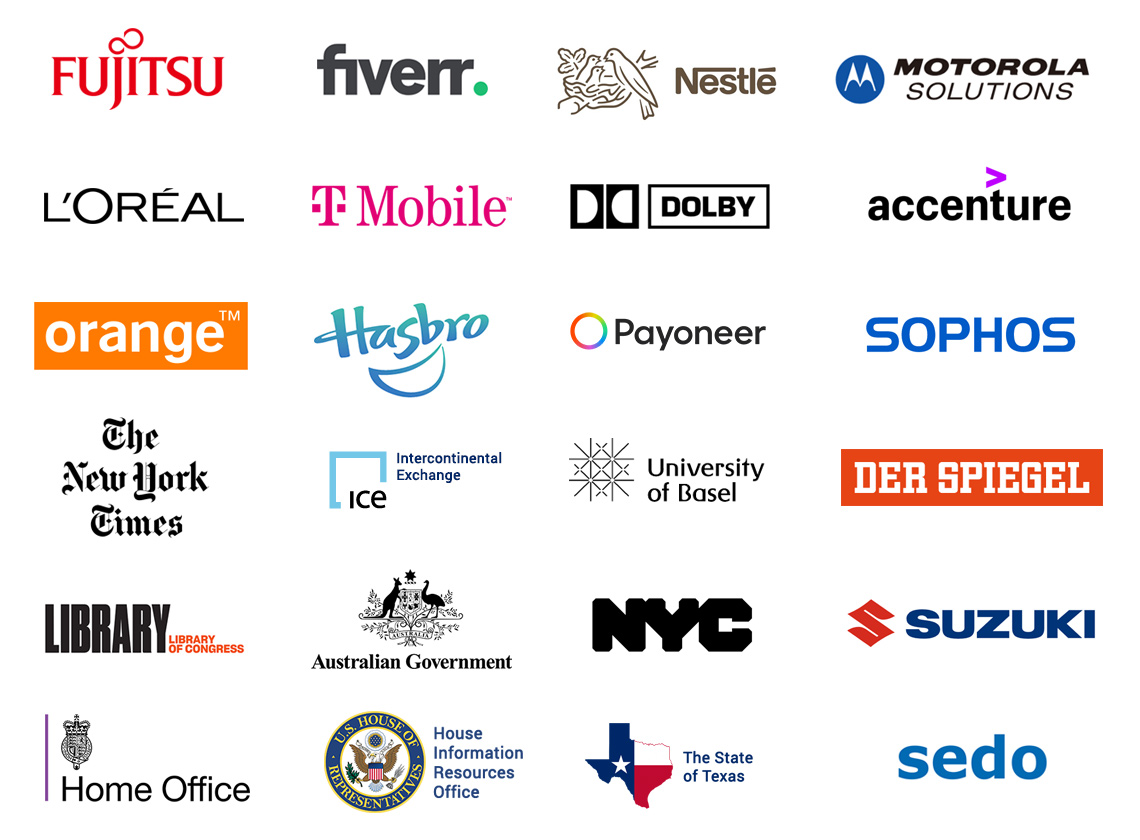TLDR: You can connect to a document sandbox created by me and my team via browserling.com/browse. It lets you safely download, view, and edit various document types in a remote virtual machine, including PDFs, Word documents, Excel spreadsheets, PowerPoint presentations, Rich Text Files (rtf), images, and source code files.
Document Sandbox – What Is It?
A document sandbox is a secure, isolated environment (usually a virtual machine) designed to download, open, edit, and analyze untrusted documents, such as PDFs, Word files, and Excel spreadsheets, without risking the integrity of the host system and network. The sandbox ensures that any potential malware or spyware within the documents cannot affect the user's actual computer or propagate across network. Document sandboxes are integral to advanced cybersecurity defenses as they mitigate risks associated with malicious content.
How Does a Document Sandbox Work?
A document sandbox operates by booting a new virtual machine for each document, providing an isolated environment to securely view the document away from the main system. This method ensures that documents can be downloaded and interacted with within the VM, mitigating the risk of malware or malicious code affecting the user's primary operating system. Once the session ends, the document, along with any risky embedded scripts or malware are discarded, effectively eliminating any potential threats.
Why Are Documents Dangerous?
Documents can pose significant risks due to their potential to contain and execute malicious code or exploit vulnerabilities within applications used to open them. For instance, a PDF or Word document might contain embedded scripts that execute upon opening, leading to unauthorized access or data exfiltration.
Which Document Types Are The Most Dangerous?
Portable Document Format (PDF)
PDFs are widely used for their compatibility across platforms but can contain exploitable features like JavaScript for malicious activities or embedded links to phishing sites.
Microsoft Word Documents (DOC and DOCX)
These documents can contain macros that, when enabled, execute code to install malware or ransomware, exploiting the trust in seemingly benign documents.
Microsoft Excel Spreadsheets (XLS and XLSX)
Excel files may also contain malicious macros or exploit vulnerabilities in formula parsing to execute arbitrary code, leading to data theft or system compromise.
Microsoft PowerPoint Presentations (PPT and PPTX)
PowerPoint files can also be used to embed malicious macros or exploit vulnerabilities, enabling attackers to execute code remotely when the presentation is viewed.
JavaScript Files (JS)
While not a traditional document, JavaScript files are often masqueraded as documents and can execute malicious scripts when opened through a browser, posing a significant security risk.
What Threats Can a Document Sandbox Detect?
Malicious Macros and Scripts
Document sandboxes can detect macros or scripts within documents that execute harmful actions, such as malware installation or unauthorized data access, by exploiting software vulnerabilities.
Exploit Kits
A document sandbox can identify documents carrying exploit kits that silently compromise systems by targeting specific vulnerabilities, leading to unauthorized access or malware delivery.
Phishing Links
Sandboxes can be used to analyze documents for deceptive links or instructions aimed at tricking users into compromising their security, effectively mitigating social engineering attacks.
Ransomware
A document sandbox is capable of detecting documents that deliver ransomware, either embedded directly or through malicious macros, preventing file encryption and ransom demands.
Document-based Worms
Document sandboxes can help in detecting document files that serve as vectors for worms, capable of self-replicating and spreading across networks, thereby mitigating the risk of widespread infection and system compromise.
Can a Document Sandbox Stop Zero-Day Attacks?
Yes, a document sandbox can effectively stop zero-day attacks by confining any malicious activity to a virtual machine, ensuring that any exploit attempts occur in an isolated environment rather than on the user's actual computer. This isolation strategy allows for the safe examination and handling of suspicious documents, significantly reducing the risk of novel or unknown threats compromising system integrity.
Document Sandbox vs Antivirus – What's the Difference?
A document sandbox is a containment and analysis environment that isolates and opens documents in a virtual machine to detect malicious behavior, independent of known malware signatures. In contrast, antivirus software primarily relies on signature-based detection to identify and neutralize known threats, along with heuristic algorithms for spotting suspicious patterns indicative of malware. Thus, while sandboxes focus on behavior analysis in a controlled environment, antivirus solutions scan and protect systems based on known threat intelligence.
Who Needs a Document Sandbox?
Organizations with high-security requirements, such as government agencies, financial institutions, and healthcare providers, critically need document sandboxes. These entities regularly handle sensitive information and are frequent targets of sophisticated cyber attacks, including zero-day exploits and advanced persistent threats. Additionally, document sandboxes are beneficial for individuals who wish to safely view or interact with documents of uncertain origin or suspicious nature. A document sandbox provides an additional layer of defense by scrutinizing malicious content before it can compromise network integrity or data confidentiality.
What Is Browserling?
Browserling is an online browser sandbox that extends its functionality to document sandboxing, providing a secure environment for the safely viewing and interacting with suspicious documents (such as PDFs, Word, Excel, PowerPoint documents, and many others). It enables users to assess documents and websites within isolated virtual machines, thereby preventing potential malware or exploits from compromising their systems.
Who Uses Browserling?
Browserling has now become the document sandbox platform of choice for security professionals and casual Internet users, and it's used by hundreds of thousands of users around the world every month. Browserling's customers include governments, states, cities, banks, stock exchanges, universities, newspapers, Fortune 100, Fortune 500 companies, and private multi-billion dollar companies.

Browse safe!
